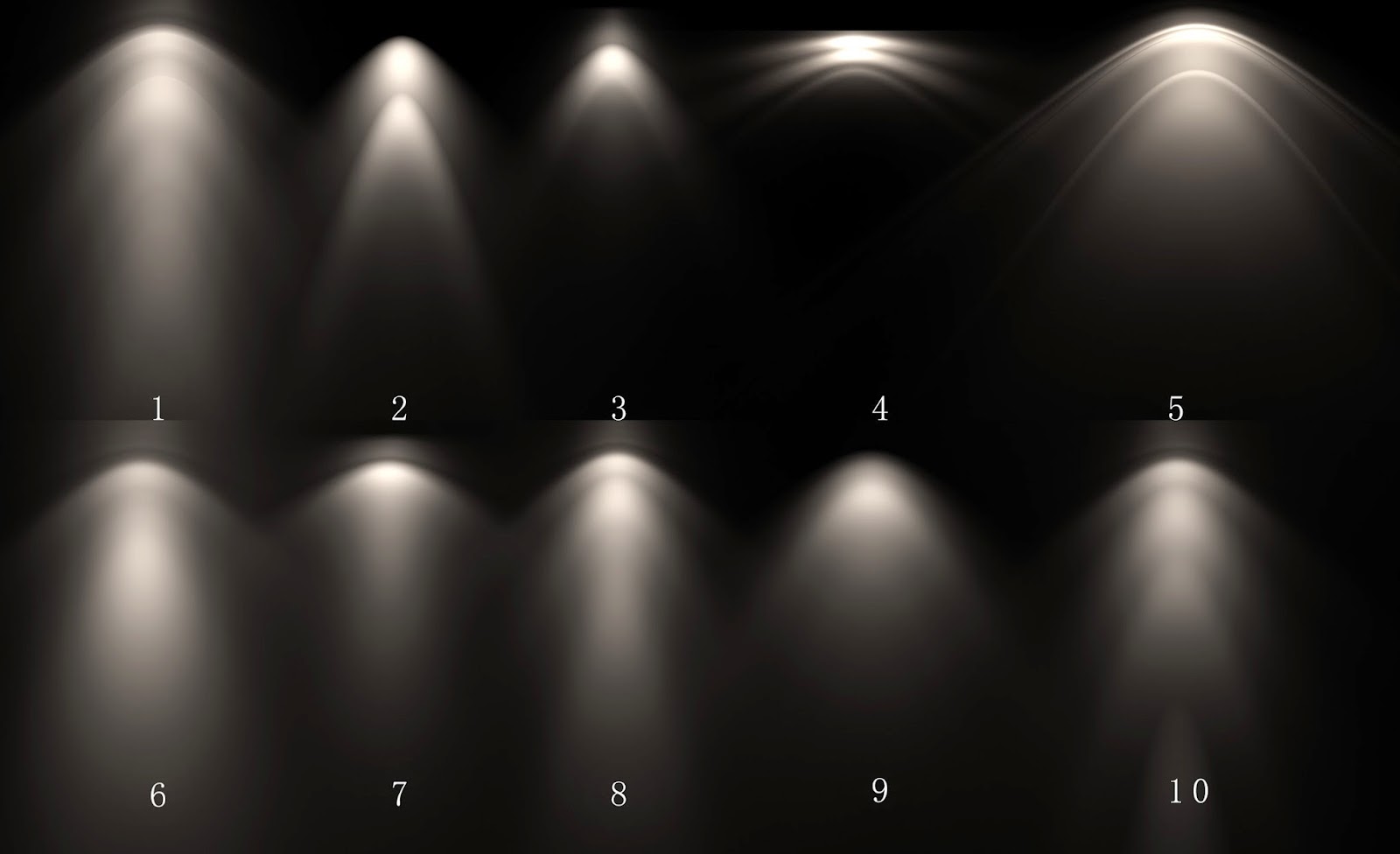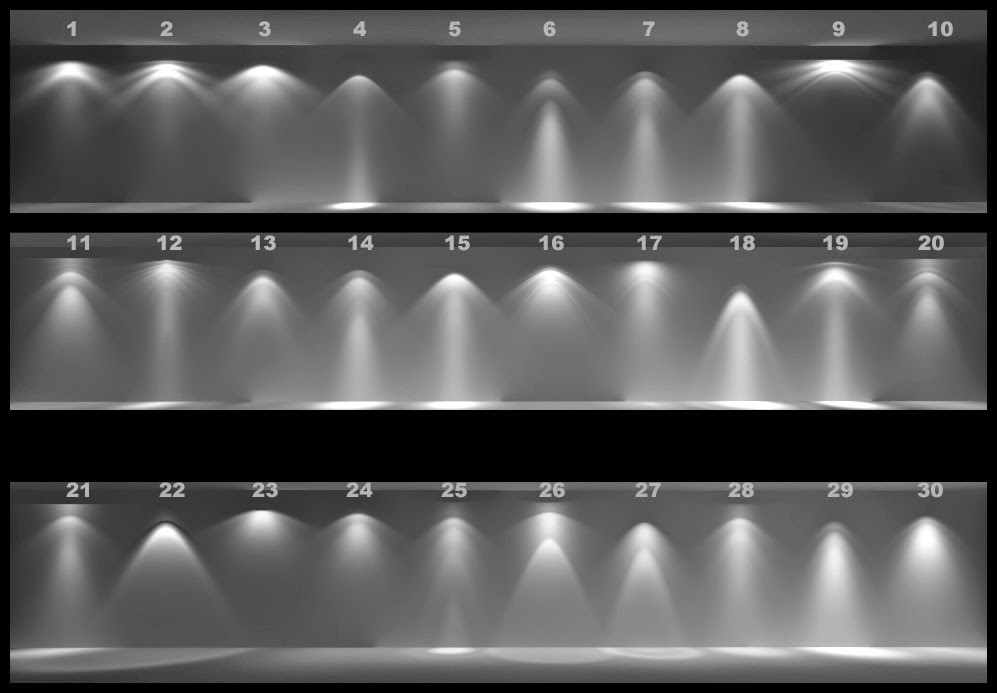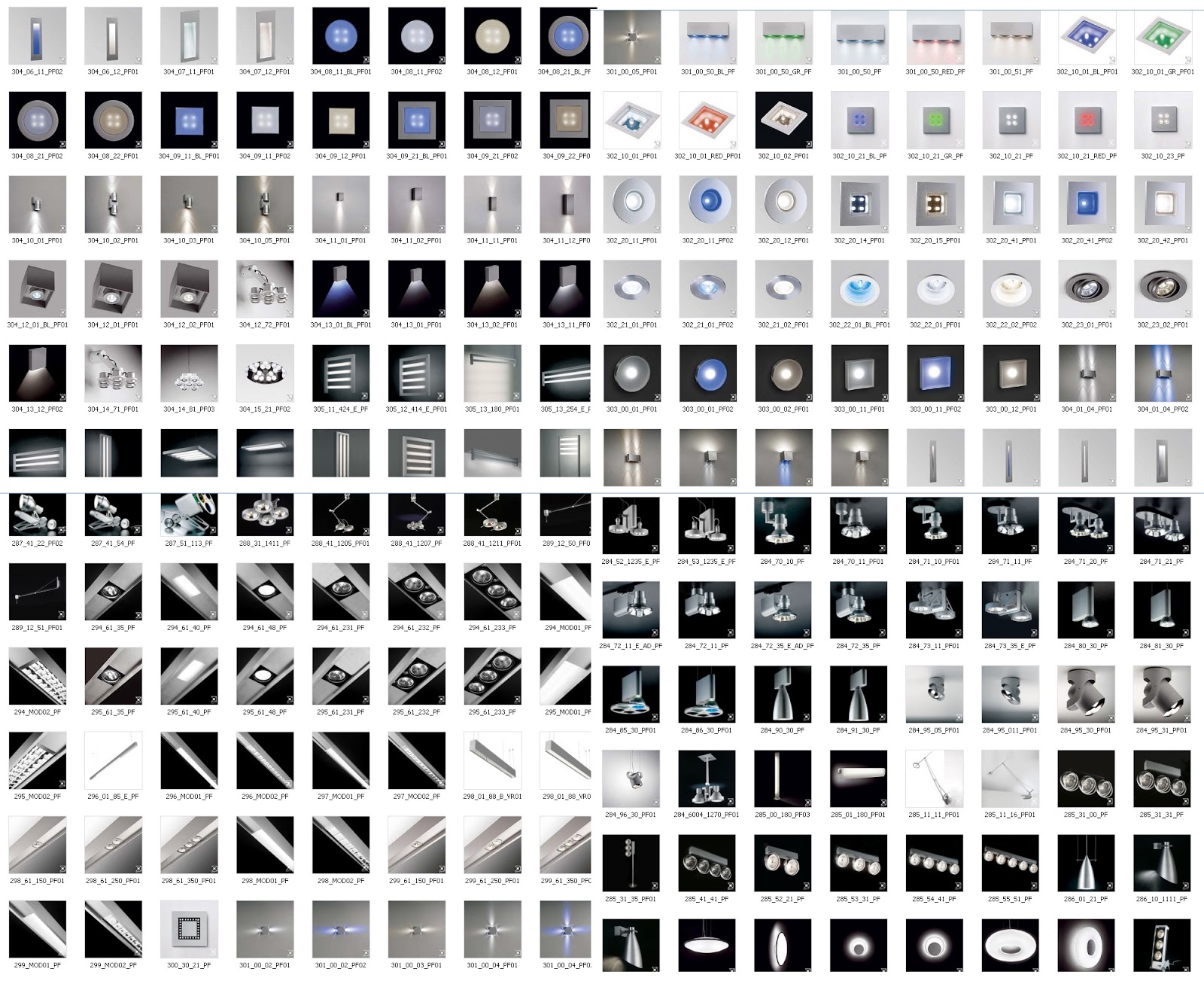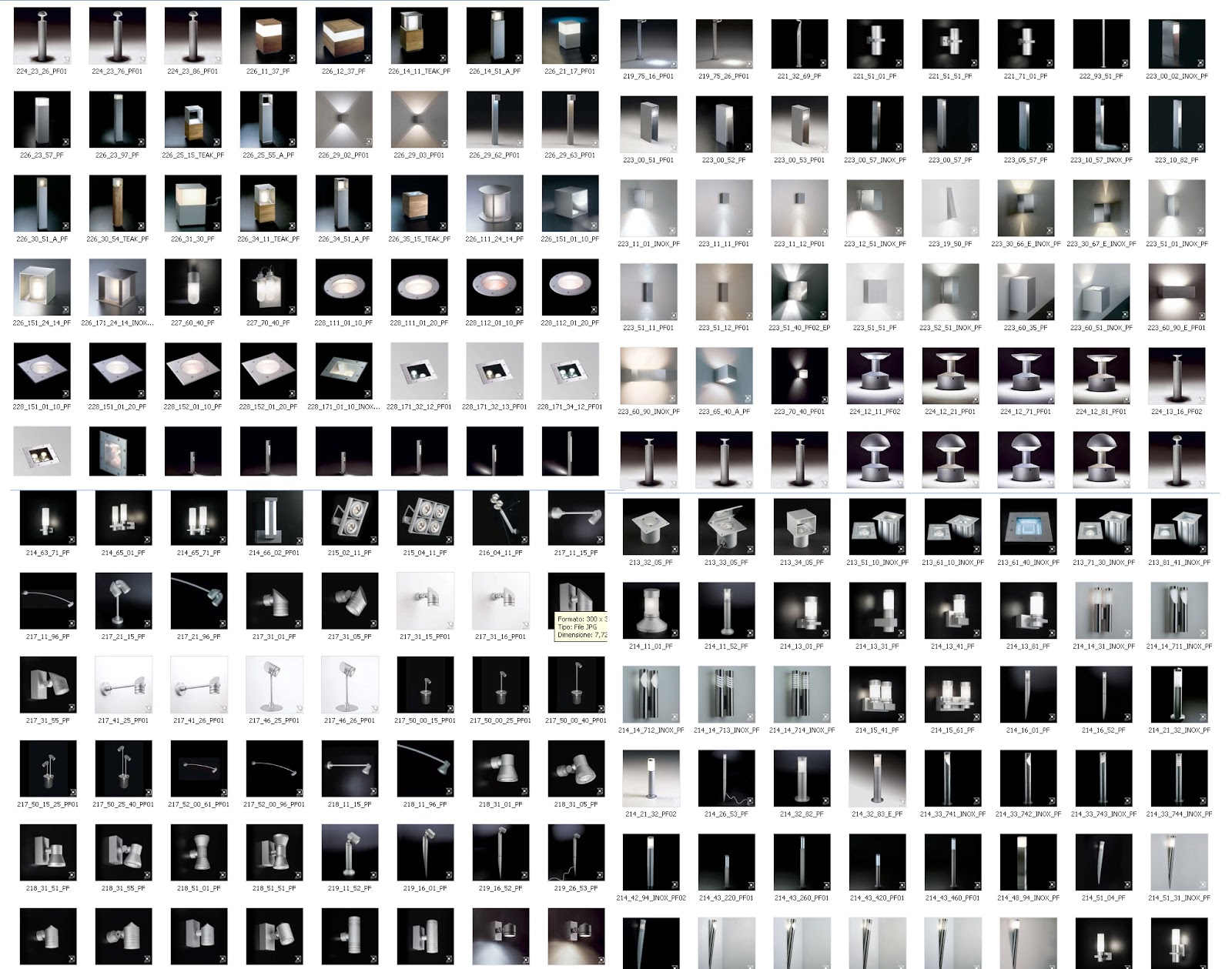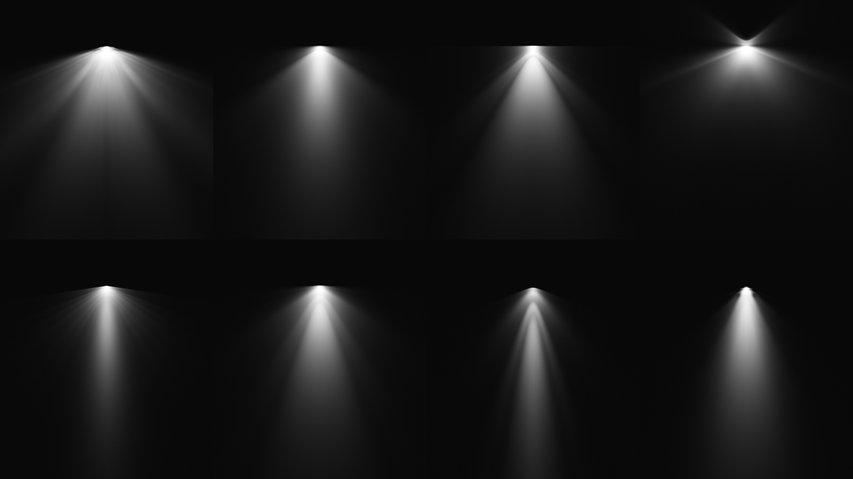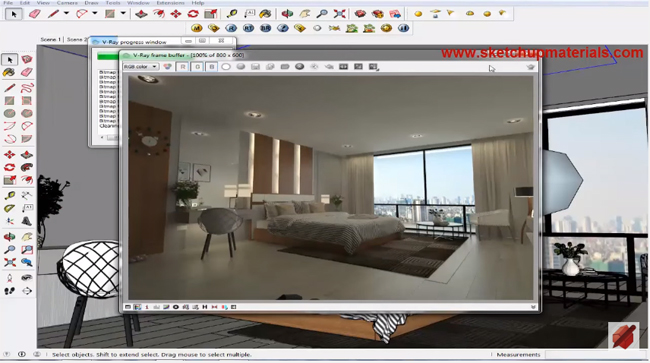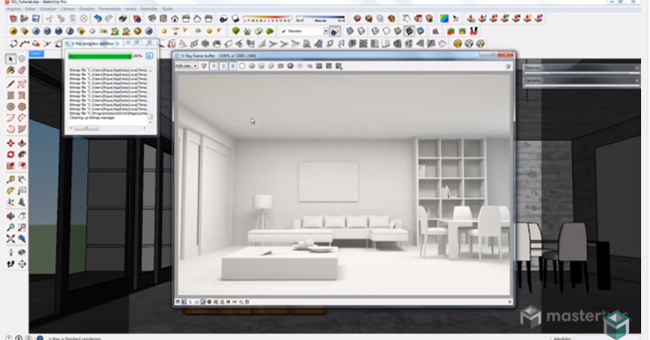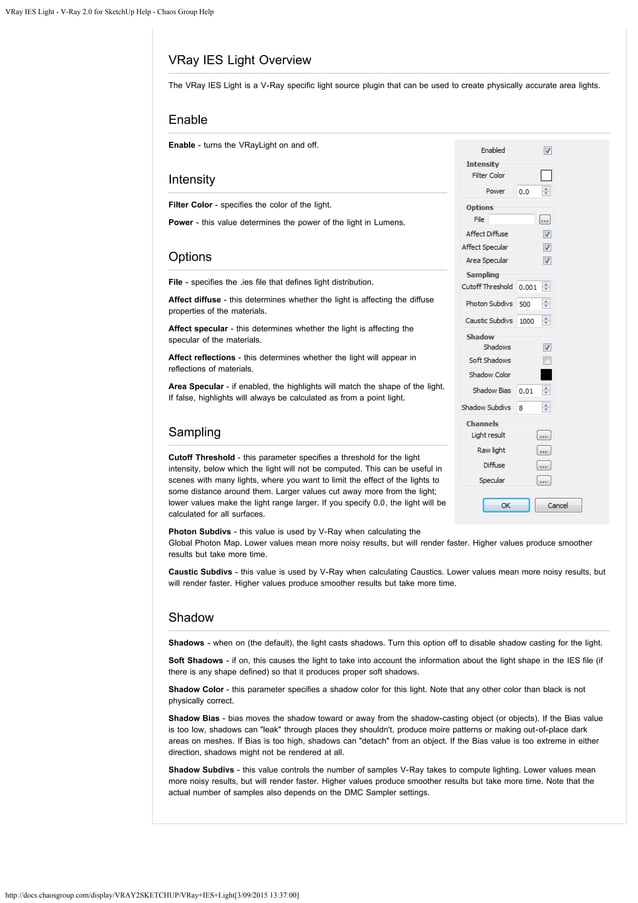Download File Ies Light Vray Sketchup
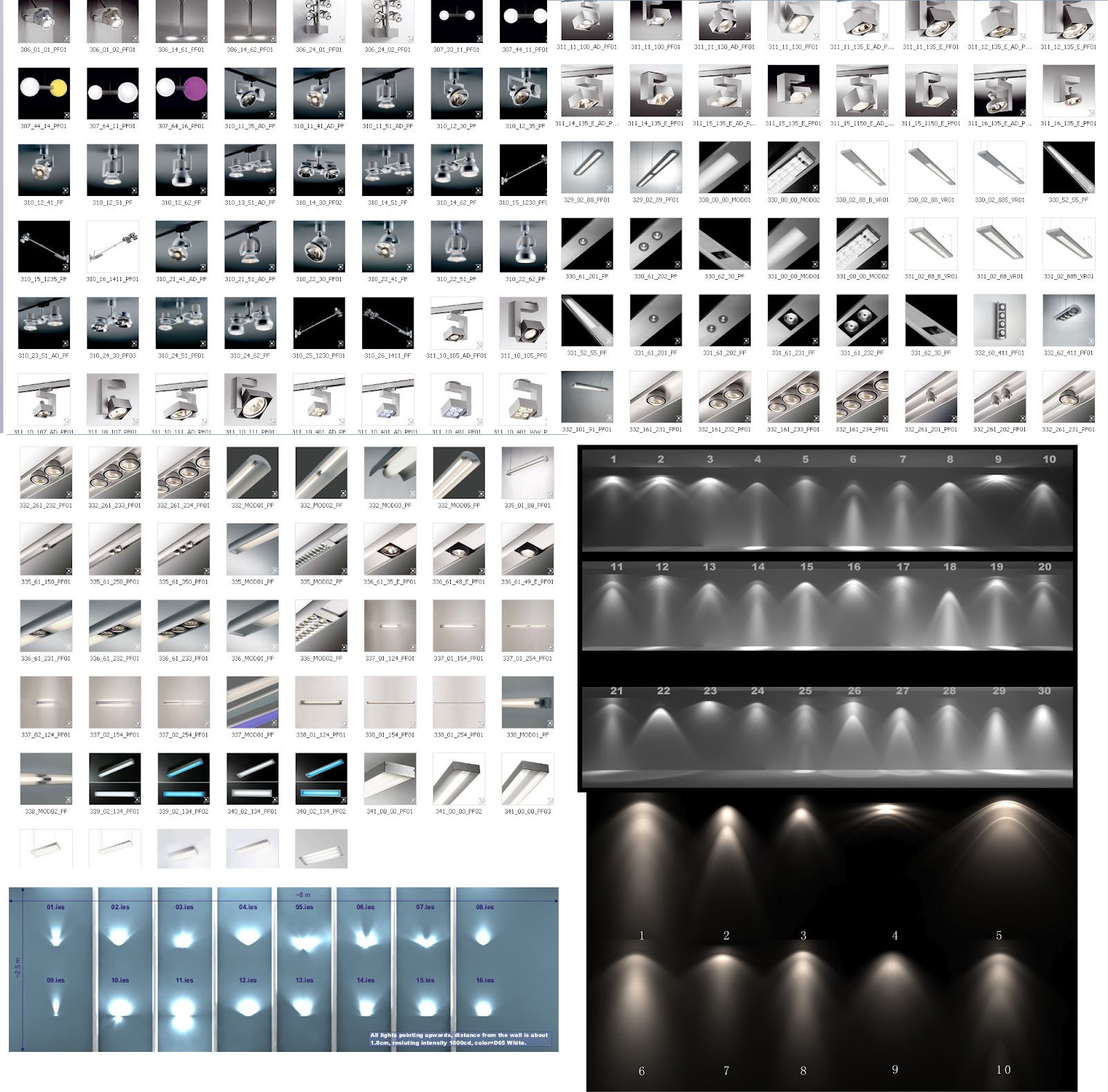
The availability and utilization of IES light files within the V-Ray rendering engine for Sketchup are increasingly shaping architectural visualization and design workflows. These files, containing precise photometric data, offer designers and artists unprecedented control over lighting simulations, leading to more realistic and visually accurate renderings.
This article examines the growing prevalence of downloadable IES light files for V-Ray Sketchup, analyzing their impact on industry practices and the overall quality of rendered imagery.
What are IES Light Files?
IES light files, short for Illuminating Engineering Society files, are digital files containing photometric data that accurately describes the distribution of light emitted by a specific light source.
This data includes information on light intensity, color temperature, and spatial distribution, enabling rendering engines like V-Ray to simulate real-world lighting conditions with remarkable fidelity.
They are a crucial component for achieving realistic and accurate lighting in architectural visualizations.
The Rise of Downloadable IES Files for V-Ray Sketchup
The accessibility of free and premium IES light files has dramatically increased in recent years, driven by online repositories and manufacturer-provided resources.
Websites like IES Library and resources from lighting manufacturers offer collections of these files, catering to a broad range of lighting needs and design aesthetics.
This widespread availability has lowered the barrier to entry for designers seeking to enhance their renderings with realistic lighting effects in V-Ray Sketchup.
How IES Files Enhance V-Ray Sketchup Renderings
By incorporating IES light files into V-Ray Sketchup projects, designers can simulate the precise behavior of different light sources, from spotlights and downlights to area lights and even complex custom fixtures.
This level of detail significantly improves the realism of rendered images, conveying a more accurate sense of depth, shadow, and overall lighting ambiance.
The resulting visualizations are not only more visually appealing but also provide clients with a more realistic representation of the final built environment.
Benefits and Challenges
The use of IES light files offers numerous benefits. More realism and accurate lighting simulations is one of the most impactful benefits.
They also give a greater control over lighting design and the opportunity to experiment with various lighting schemes before physical implementation.
However, challenges exist, including the initial learning curve associated with understanding and implementing IES files and the need for careful selection to ensure compatibility and accuracy within the V-Ray environment.
Finding and Implementing IES Files
Numerous online resources offer IES light files for download. Lighting manufacturer websites often provide IES files for their products.
When selecting IES files, it's crucial to ensure compatibility with your version of V-Ray and to verify the accuracy of the photometric data.
Within Sketchup, V-Ray allows you to specify an IES file for a light source, enabling the rendering engine to simulate the light's characteristics according to the file's data.
The Future of Lighting Design and Visualization
The trend toward utilizing IES light files is expected to continue as architectural visualization evolves and demands for realism increase.
As software and hardware capabilities improve, we can anticipate even more sophisticated lighting simulations that further blur the lines between rendered imagery and real-world photography.
The growing accessibility and widespread adoption of IES light files in V-Ray Sketchup are contributing to a more informed and visually compelling design process, empowering architects and designers to create more realistic and impactful representations of their projects.
Ultimately, the increased use of these files benefits clients, designers, and the overall built environment.
